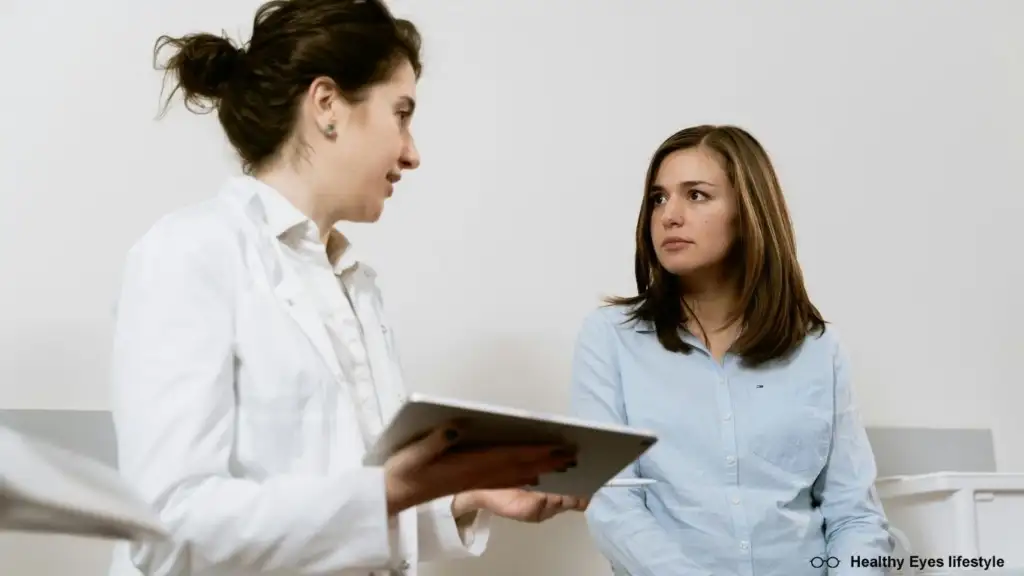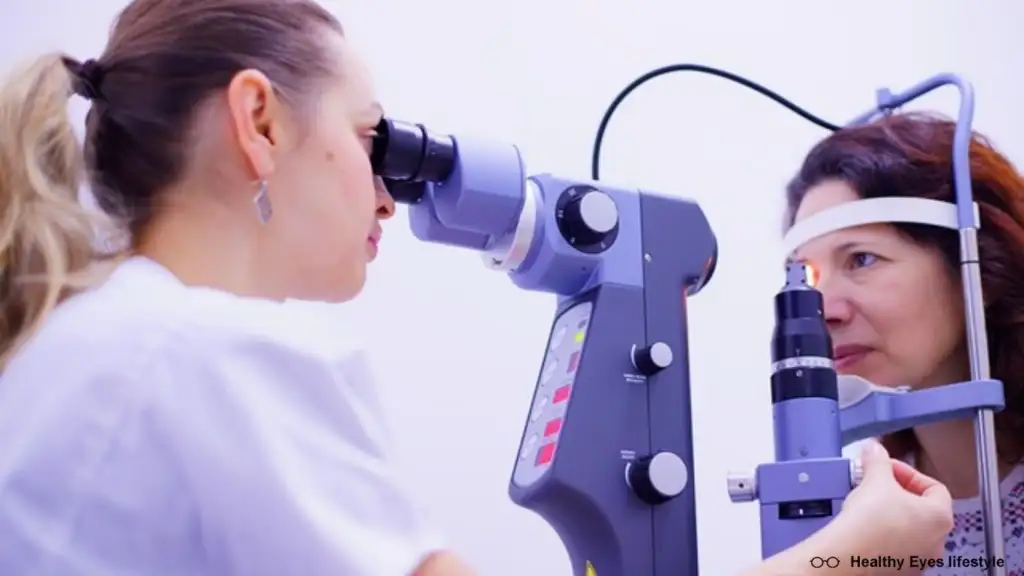Share This Article
Table of Contents
Aging is a natural process that affects every aspect of our bodies, including our eyes. Vision changes as we grow older, and understanding these changes can help individuals prepare for them and take steps to maintain their eye health. This article delves into the various changes that occur in vision as we age, explores common age-related eye conditions, and provides tips for preserving eyesight.

1. Introduction
As we age, our bodies undergo various transformations, and the eyes are no exception. The aging process affects vision in multiple ways, leading to noticeable differences in how we see the world. While some changes in vision are inevitable, others can be managed or prevented with proper care.
By understanding how vision evolves with age and identifying potential problems early on, individuals can take proactive measures to maintain their quality of life and avoid serious eye conditions.
2. How Vision Changes With Age
2.1 Presbyopia
Presbyopia is one of the earliest and most noticeable changes in vision as people age. It typically begins around age 40, when the lens of the eye loses flexibility, making it difficult to focus on nearby objects. People with presbyopia may experience the need to hold reading materials farther away to see them clearly.
2.2 Dry Eyes
As we age, the eyes tend to produce fewer tears, leading to a condition known as dry eyes. Reduced tear production can cause discomfort, a gritty sensation, and even blurred vision. This issue can often be alleviated by using artificial tears or by addressing the environmental factors that contribute to dryness.
2.3 Reduced Peripheral Vision
Peripheral vision—the ability to see things outside of the direct line of sight—declines with age. Older adults may experience a narrowing of their field of vision, which can affect activities like driving and navigating through crowded spaces.
2.4 Reduced Contrast Sensitivity
As people grow older, their ability to detect contrasts between light and dark diminishes. This can make tasks like reading in dim light or distinguishing between similar shades of color more challenging. Reduced contrast sensitivity can increase the risk of falls and other accidents.
2.5 Slower Adaptation to Light and Dark
Another change related to aging is the eyes’ reduced ability to adapt quickly to changes in light. This means that older individuals may have difficulty adjusting their vision when moving from a brightly lit area to a darker one, and vice versa. This slowdown in light adaptation can pose risks, particularly when driving at night.

3. Common Age-Related Eye Conditions
3.1 Cataracts
Cataracts are one of the most common vision problems associated with aging. This condition occurs when the lens of the eye becomes cloudy, leading to blurry vision. Cataracts typically develop slowly, and symptoms include difficulty with night vision, glare from lights, and a dulling of colors.
| Cataracts Symptoms | Description |
| Blurry or Cloudy Vision | Vision becomes progressively unclear. |
| Sensitivity to Light | Increased glare and halos around lights. |
| Dulling of Colors | Colors may appear less vibrant. |
| Difficulty with Night Vision | Especially challenging in low-light environments. |
“Our eyes are windows to the world; keeping them clear allows us to enjoy life’s vivid colors.”
“Healthy eyes pave the way for a healthy life,”
3.2 Age-Related Macular Degeneration (AMD)
AMD affects the macula, the part of the retina responsible for sharp central vision. The condition comes in two forms: dry AMD and wet AMD. Dry AMD is more common and progresses slowly, while wet AMD can cause rapid vision loss. Individuals with AMD may experience blurred central vision and difficulty recognizing faces or reading.
3.3 Glaucoma
Glaucoma refers to a group of eye conditions that damage the optic nerve, often due to high pressure within the eye. If left untreated, glaucoma can lead to permanent vision loss. It is essential to have regular eye exams, as glaucoma typically does not present symptoms in its early stages.
3.4 Diabetic Retinopathy
Individuals with diabetes are at risk of developing diabetic retinopathy, a condition where high blood sugar levels damage the blood vessels in the retina. This can lead to blurred vision, floaters, and eventually blindness if not properly managed.
4. Tips for Maintaining Eye Health
4.1 Regular Eye Exams
One of the most important steps in preserving vision is scheduling regular eye exams. Eye exams help detect problems early, before they become severe. For individuals over 60, annual eye exams are recommended to monitor for conditions like cataracts, glaucoma, and AMD.
4.2 Balanced Diet and Hydration
Maintaining a healthy diet rich in fruits, vegetables, and omega-3 fatty acids can benefit eye health. Nutrients like vitamin C, vitamin E, and zinc have been shown to reduce the risk of age-related vision problems. Staying hydrated also ensures that the eyes have sufficient moisture, reducing the risk of dry eyes.
| Nutrient | Role in Eye Health | Food Sources |
| Vitamin C | Helps protect the eyes from oxidative damage. | Citrus fruits, bell peppers, spinach |
| Omega-3 Fatty Acids | Supports tear production and overall eye function. | Salmon, flaxseeds, walnuts |
| Zinc | May help delay the progression of AMD. | Meat, dairy, beans, lentils |
4.3 Use of Protective Eyewear
Wearing sunglasses that block 100% of UV rays can help prevent cataracts and other sun-related eye damage. Protective eyewear should also be used during activities that could cause eye injuries, such as sports or using power tools.
4.4 Managing Chronic Conditions
Chronic conditions like diabetes and hypertension can negatively impact vision if not controlled. Managing these conditions through medication, diet, and exercise is crucial to reducing the risk of vision loss.

5. Conclusion
Aging brings about numerous changes to our vision, from presbyopia and dry eyes to more serious conditions like cataracts and glaucoma. Regular eye exams, a nutritious diet, proper hydration, and managing chronic health conditions are key to preserving eyesight as you age.
Though age-related changes in vision are unavoidable, awareness and proactive care can go a long way in maintaining good vision and improving quality of life in later years.
By staying informed and diligent, we can continue to see the world clearly, even as the years pass by.
FAQS
Q1: At what age should I expect vision changes?
Vision changes, such as presbyopia, typically begin around age 40. However, more significant changes like cataracts and AMD are more common after age 60. Regular eye exams are essential in detecting any issues early.
Q2: Can age-related vision loss be prevented?
While some age-related vision loss is inevitable, many conditions can be managed or delayed through regular eye exams, a healthy diet, wearing UV-protective sunglasses, and managing chronic health issues like diabetes.



